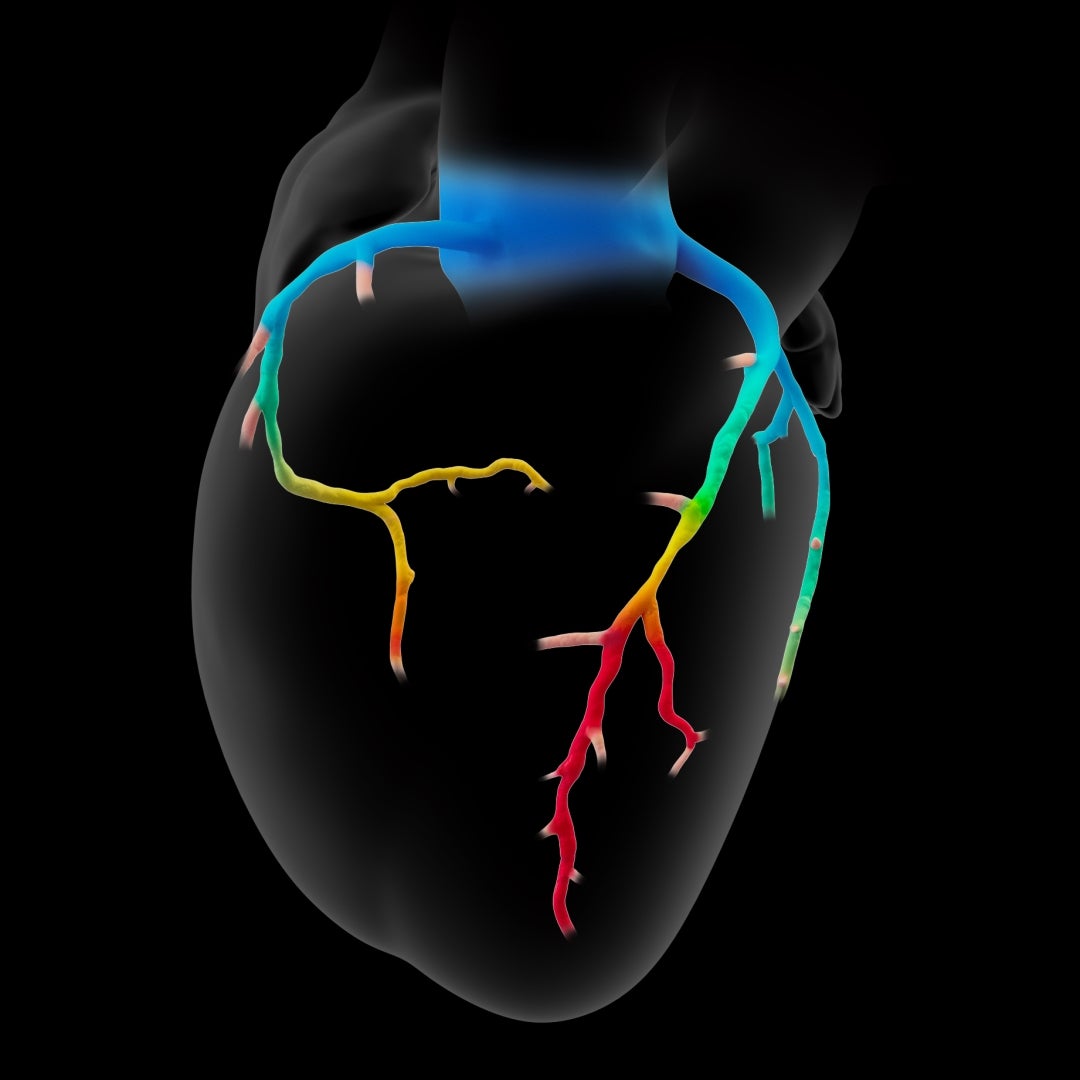St. Mary’s expands cardiac care with Heartflow analysis
November 5, 2025 Athens, Ga. – St. Mary’s Health Care System now offers Heartflow FFRCT Analysis at St. Mary’s Hospital in Athens and St. Mary’s Good Samaritan Hospital in Greensboro. Heartflow FFRCT Analysis is a non-invasive diagnostic option for people who may have coronary artery disease (CAD), a condition that the CDC reports causes more than 370,000 heart attacks each year in the U.S.
Athens, Ga. – St. Mary’s Health Care System now offers Heartflow FFRCT Analysis at St. Mary’s Hospital in Athens and St. Mary’s Good Samaritan Hospital in Greensboro. Heartflow FFRCT Analysis is a non-invasive diagnostic option for people who may have coronary artery disease (CAD), a condition that the CDC reports causes more than 370,000 heart attacks each year in the U.S.
Heartflow FFRCT Analysis uses detailed images captured through a non-invasive CT scan of the heart, known as a coronary CT angiogram (CCTA). These images undergo advanced AI processing to produce a personalized, color-coded, 3D digital model of the heart. This digital model showcases how plaque buildup may be impacting blood flow. Physicians can use this technology to diagnose CAD and better understand its severity.
In the U.S., CAD is the primary cause of heart attacks, which are estimated to occur every 40 seconds and are responsible for one out of every five deaths.1 It’s often called a “silent killer” because many of the estimated 18 million adults in the U.S. and 315 million people globally living with CAD either have no symptoms or symptoms that go unrecognized.
CAD develops when plaque builds up in the heart’s arteries, narrowing or blocking vessels and restricting blood flow to the heart. This restricted blood flow can lead to chest pain, heart attacks, and death. FFR – fractional flow reserve – measures how much blood can pass through a narrowed artery. FFRCT is a fractional flow reserve study done with computed tomography (or CT, which uses X-rays to create detailed images of the inside of the body.
Despite CAD being the most common form of heart disease, studies have shown there is a need to improve how and when CAD is evaluated and diagnosed. Many of the non-invasive tests available today offer a low accuracy rate in detecting CAD, with a 20-30% false negative rate that can leave disease undetected and a 55% false positive rate that can lead to unnecessary procedures.5 Identifying exactly where and how much an artery is blocked can help improve a patient’s treatment plan, including whether or not intervention is needed.
“Heartflow’s technology represents a major advancement in how we diagnose and manage CAD,” said Dr. Erick Avelar, a cardiologist with Oconee Heart and Vascular Center and St. Mary’s Health Care System’s medical director of cardiac imaging. “It gives us essential information that can help determine the right approach for a patient through a convenient, non-invasive platform. It is very useful as a non-invasive, highly precise tool in our diagnostic toolbox.”
The CCTA + Heartflow FFRCT Pathway:
- Allows for more accurate, non-invasive diagnosis, significantly lowering the rates of false negatives and false positives compared to traditional testing in patients with CAD.7
- Reduces unnecessary tests and provides a better patient experience, with a 4-times reduction in unnecessary invasive catheterization and fewer initial diagnostic tests overall.6
- Provides confidence in treating the right patients and is 75% more likely to identify patients requiring intervention than traditional testing.6
To learn more about Heartflow FFRCT Analysis at St. Mary’s, call Oconee Heart and Vascular Center at (706) 389-3440. Please note that many insurance plans require a referral from a primary care physician for a consult with a cardiac specialist.
St. Mary’s Hospital is accredited by the American College of Cardiology as a Chest Pain Center with Primary PCI (balloon angioplasty and stent implantation), received recognition as a high-performing hospital for heart attack care and pacemaker implantation in the 2025-2026 U.S. News and World Report Best Hospitals Report, and is recognized as a Gold-Plus hospital for cardiac resuscitation by the American Heart Association.


